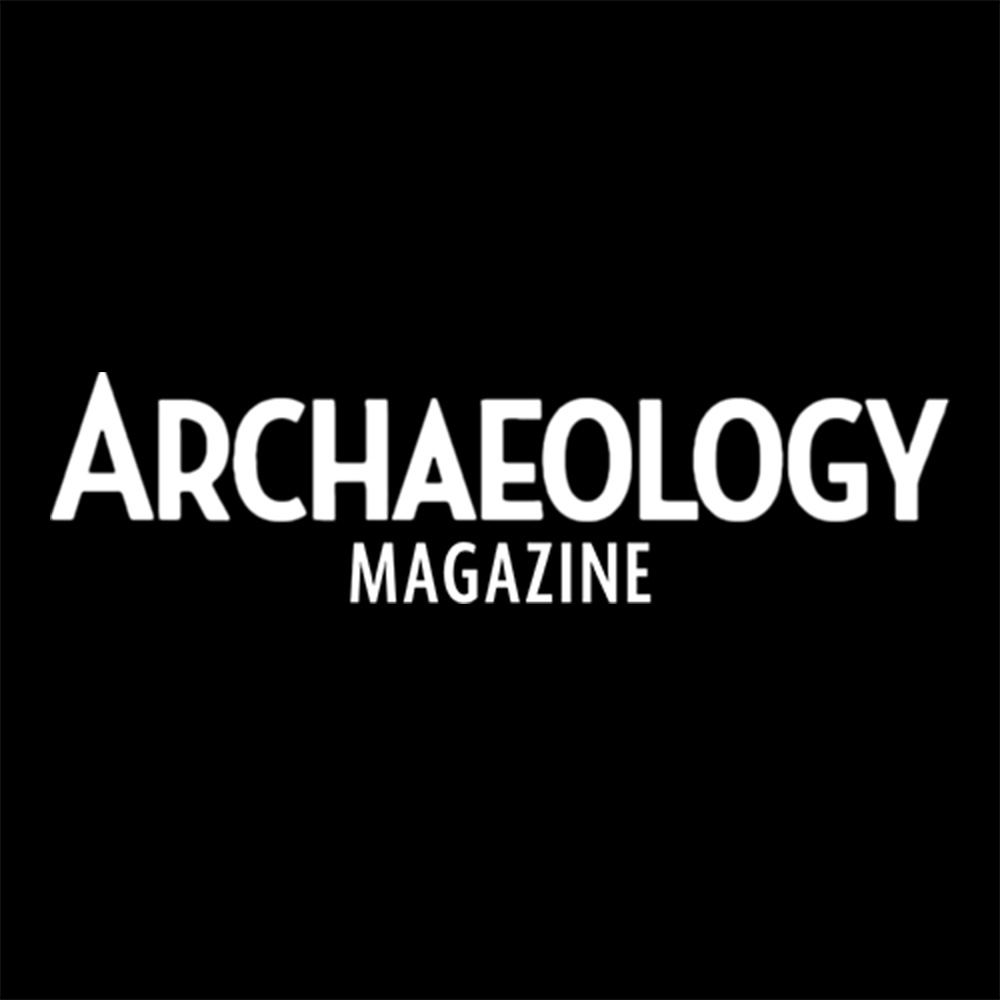
COLOGNE, GERMANY—According to a Live Science report, archaeologist Saman Guran of the University of Cologne and his colleagues created an ecological model combining geographical data on archaeological sites, including temperature and precipitation levels, and determined that modern humans and Neanderthals likely encountered each other in the Zagros Mountains between 80,000 and 120,000 years ago. The mountains are in a zone where the warmer climate favored by early modern humans transitioned to the colder climate suited to Neanderthals. “The geography of the Iranian Plateau has been almost at the crossroads of human migrations,” Guran explained. The model corresponds with genetic evidence indicating that the two groups interbred between 250,000 and 200,000 years ago, and again between 120,000 and 100,000 years ago, then finally around 50,000 years ago, before Neanderthals went extinct. And although objects made by Neanderthals and early modern humans have been found in the Middle East, few hominin fossils have survived there, making it difficult to show that contact took place. Future archaeological work in the Zagros Mountains could reveal new evidence of human evolution, dispersal, and interbreeding, the researchers concluded. Read the original scholarly article about this research in Scientific Reports. To read about a Neanderthal child's tooth found in the Zagros Mountains, go to "Around the World: Iran."